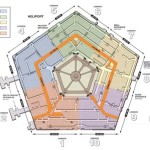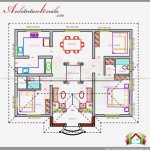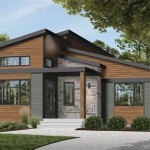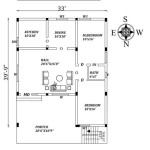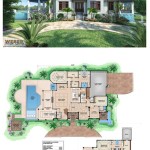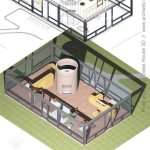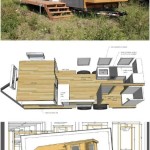Retirement House Plans With Basement: Essential Aspects to Consider
Planning for retirement involves making thoughtful decisions, including choosing the ideal home that caters to your future needs. Retirement house plans with basements offer a unique solution for aging individuals seeking comfort, convenience, and potential financial benefits. Here are the essential aspects to consider when designing your dream retirement home with a basement:
Accessibility and Safety:
As you age, mobility and accessibility become paramount. Basement plans should prioritize ease of movement with wide doorways, ramps, and non-slip flooring. Install grab bars in bathrooms and showers for added stability. Consider an elevator or stairlift for convenient access to upper levels.
Multi-Purpose Spaces:
A basement offers valuable extra space that can be customized to meet your evolving needs. Whether it's a hobby room, guest suite, home gym, or additional living area, the basement provides flexibility for pursuing your interests, accommodating guests, and maintaining an active lifestyle.
Storage and Organization:
Basements offer ample storage space for seasonal items, rarely used belongings, and keepsakes. Built-in shelving, closets, and cabinetry can help you declutter and keep your home organized. Consider designated storage areas for seasonal decorations, gardening tools, and family heirlooms.
Energy Efficiency:
Energy costs can become a significant concern during retirement. Basement designs should incorporate energy-efficient measures such as insulated walls, sealed windows, and high-efficiency appliances. Incorporate natural lighting through basement windows to reduce the need for artificial lighting.
Structural Integrity:
Basements require careful construction and maintenance to ensure structural integrity. Ensure the foundation and walls are sound, with proper drainage and waterproofing systems to prevent moisture buildup. Consider seismic reinforcement if you live in an earthquake-prone area.
Financial Considerations:
Basements can add significant value to your home, especially if they are well-designed and finished. However, it's important to factor in the costs of construction, finishing, and maintenance. Consider the potential return on investment and the long-term financial implications before making a decision.
Aesthetic Appeal:
While functionality is crucial, don't forget about aesthetics. Finished basements can enhance your living space with natural light, neutral colors, and comfortable furnishings. Create a space that reflects your personal style and provides a welcoming retreat.
Conclusion:
Designing a retirement house plan with a basement involves carefully considering accessibility, multi-purpose spaces, storage, energy efficiency, structural integrity, financial considerations, and aesthetic appeal. By incorporating these essential aspects, you can create a comfortable, secure, and adaptable home that will support your well-being and enhance your golden years.

Small One Story 2 Bedroom Retirement House Plans Houseplans Blog Com

Small One Story 2 Bedroom Retirement House Plans Houseplans Blog Com

Small One Story 2 Bedroom Retirement House Plans Houseplans Blog Com

Small One Story 2 Bedroom Retirement House Plans Houseplans Blog Com

Starter Or Retirement Home Plan 83098dc Architectural Designs House Plans

Small One Story 2 Bedroom Retirement House Plans Houseplans Blog Com

Small One Story 2 Bedroom Retirement House Plans Houseplans Blog Com

Empty Nester House Plans Retirement The Designers

Traditional Style With 2 Bed Bath Car Garage Small House Floor Plans Retirement

House Plan 5631 00120 Craftsman 2 725 Square Feet 1 4 Bedrooms 5 Bathrooms Basement Plans Retirement New

